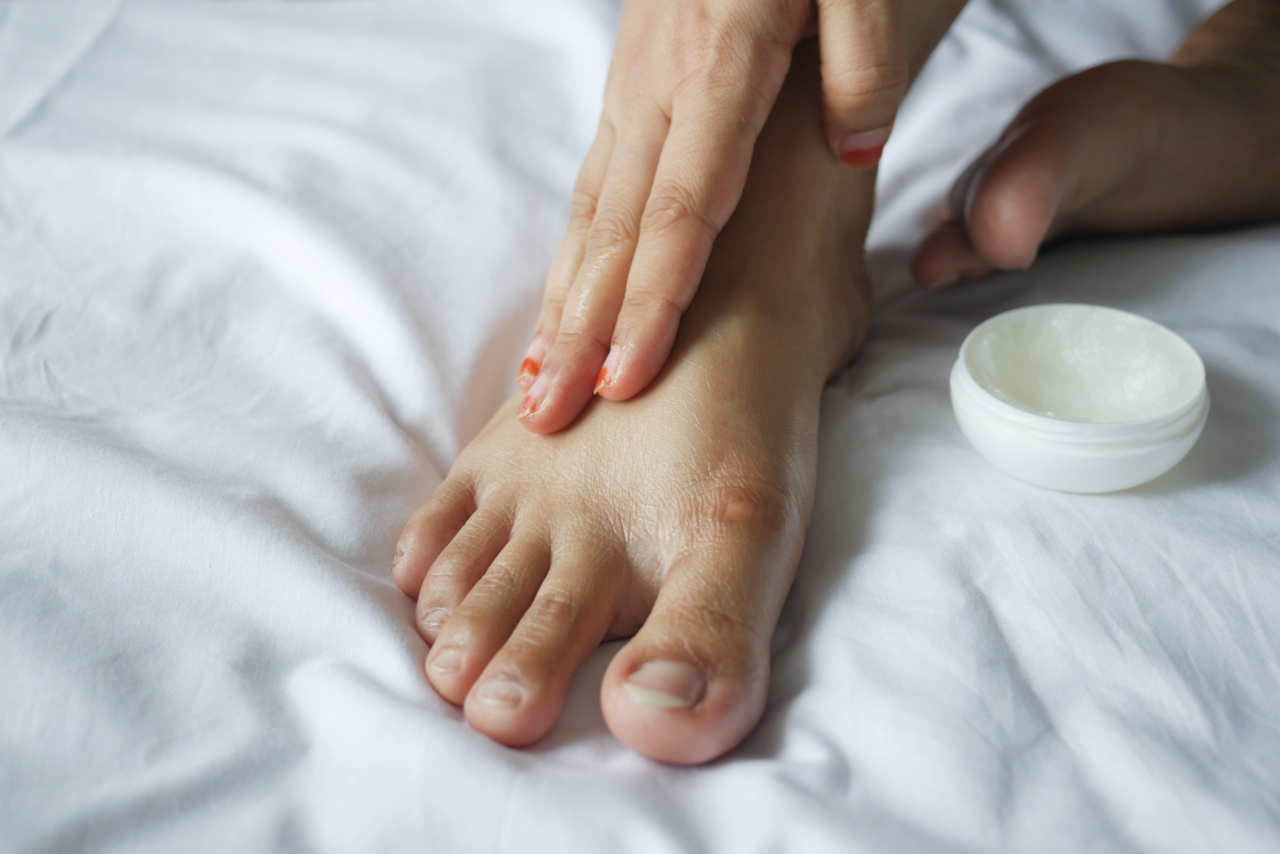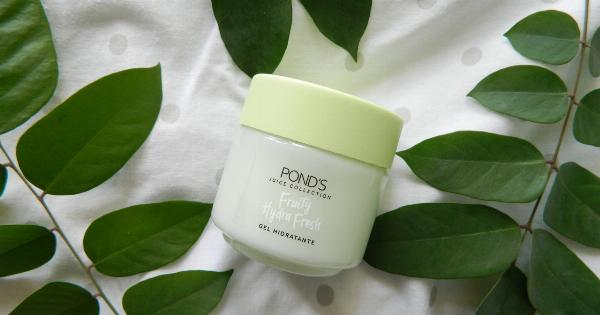If you’re someone who constantly struggles with oily skin, you know how frustrating it can be to constantly battle excessive shine, clogged pores, and breakouts.
Having oily skin can often leave you feeling self-conscious and can affect your overall confidence. However, with the right knowledge and skincare routine, you can take control of your oily skin and achieve a clearer, more balanced complexion. In this article, we will explore the three essential rules for effectively controlling oily skin.
Rule 1: Cleanse your skin regularly
One of the most important rules for managing oily skin is to cleanse your face regularly. Cleansing helps to remove excess oil, dirt, and impurities that accumulate on the skin’s surface throughout the day.
When choosing a cleanser for oily skin, opt for gentle, non-comedogenic, and oil-free formulas specifically designed to control oil production.
It is recommended to cleanse your face twice a day, once in the morning and once before bed. Use lukewarm water to wet your face and then apply a small amount of cleanser.
Gently massage the cleanser into your skin using circular motions for about a minute to ensure thorough cleansing. Rinse your face with water and pat it dry using a clean towel.
Remember, over-cleansing can strip away the natural oils from your skin, leading to excessive dryness and even more oil production. Stick to the recommended cleansing routine and avoid using harsh cleansers or scrubbing your face too vigorously.
Rule 2: Use products with oil-controlling ingredients
When it comes to controlling oily skin, using the right products is crucial. Look for skincare products that contain oil-controlling ingredients such as salicylic acid, benzoyl peroxide, tea tree oil, or witch hazel.
These ingredients help to reduce excess oil production, unclog pores, and prevent breakouts.
Include a toner in your skincare routine, as it can effectively remove any remaining traces of dirt or oil after cleansing.
Opt for an alcohol-free toner with ingredients like witch hazel or rose water that help to balance the skin’s pH level without drying it out.
Moisturizing is still important even if you have oily skin. Use an oil-free and non-comedogenic moisturizer to keep your skin hydrated without adding any extra oil.
Look for moisturizers that contain ingredients like hyaluronic acid or glycerin, which provide hydration without clogging the pores.
Be mindful of the makeup products you choose as well. Opt for oil-free and non-comedogenic formulas. Avoid heavy, creamy foundations or powders, as they can contribute to clogged pores and increased oiliness.
Instead, go for lightweight formulations like mineral makeup or oil-absorbing powders to help control shine throughout the day.
Rule 3: Don’t forget to exfoliate
Exfoliation is an important step in controlling oily skin as it helps remove dead skin cells and unclog pores. Regular exfoliation can also improve the overall texture of your skin, leaving it smoother and more radiant.
Choose a gentle exfoliator that is specifically formulated for oily skin. Look for ingredients like salicylic acid or glycolic acid, which have exfoliating properties and help to control oil production.
Avoid harsh scrubs or physical exfoliants with large particles, as they can cause irritation and damage to the skin.
Exfoliate your skin once or twice a week, depending on your skin’s tolerance. Apply a small amount of exfoliator to damp skin and gently massage it using circular motions.
Rinse it off thoroughly with lukewarm water and follow up with your regular toner and moisturizer.
Take Control of Your Oily Skin
By following these essential rules for controlling oily skin, you can effectively manage oil production, reduce breakouts, and achieve a clearer complexion.
Remember to cleanse your skin regularly, choose products with oil-controlling ingredients, and incorporate gentle exfoliation into your skincare routine. Consistency and patience are key when it comes to achieving and maintaining balanced, healthy skin.


























